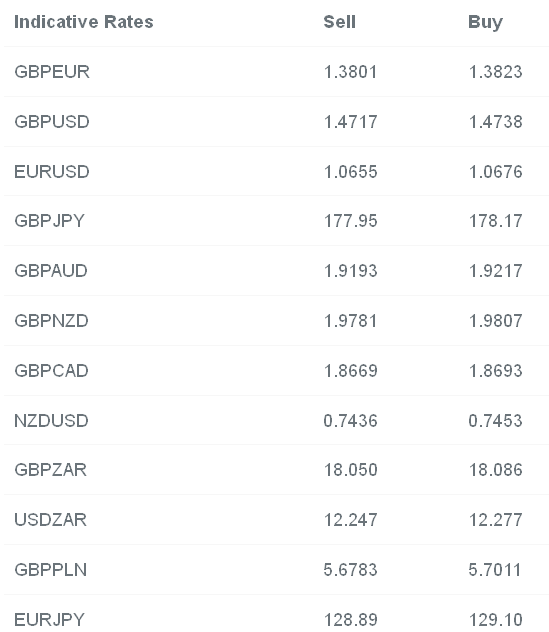Digesting the Federal Reserve’s latest meeting and its impact on the US dollar and US rate expectations was the order of the day yesterday. As we highlighted yesterday, the main reaction is to smash the consensus on a number of issues that the market took as close to sure thing as you can get. These are namely that the USD will continue to run higher through 2015 as the Federal Reserve hikes interest rates.
Rally over for the dollar?
Both HSBC (LONDON:HSBA) and JP morgan put out notes yesterday calling the end of the run higher for the USD. Both based their thoughts around the doubts that the rally could be sustained in the face of lower inflation within the US economy and globally. A strong dollar while reducing inflation also pressures growth lower as companies with overseas operations see profit margins squeezed. Q1 has been filled with stories from US multinationals losing money on their European assets in dollar terms. The amount lost by Apple (NASDAQ:AAPL) on currency in Q4 was more than Google (NASDAQ:GOOGL) is worth.
Janet Yellen and the Federal Reserve have introduced some two-way risks to USD markets following its performance as a one-way street for the best part of the year. Although a rate hike in September of this year is a lot earlier than any other central bank the uncertainty is back.
A rate cut from the Bank of England?
Andy Haldane, the Bank of England’s Chief Economist, yesterday delivered a speech to businesses that took sterling lower on the session. While he said that there was no immediate case to change policy in the United Kingdom, the risks for inflation here are skewed towards the downside as a result of combination of low oil prices, poor demand, and strength of the pound.
He then went on to say that he saw the decision as to whether the Bank of England should hike or cut interest rates as balanced. “In my view, that means policy needs to stand ready to move off either foot in the period ahead” he said, before emphasizing this could be done via an interest rate cut or an increase in QE.
UK inflation fears
The fears over inflation stem from the belief that the labor market in the UK is not bringing wages higher fast enough. Haldane sees that the level of slack that needs to be taken up within the UK jobs market is vastly more than the Bank of England is predicting at the moment and therefore wage increases may remain difficult to come by in the coming months and years ahead.
Well we now know who the most dovish member of the MPC is. While you must never say never in financial markets, the surprise of an interest rate cut from the Bank of England would be quite something. In any case, sterling was taken lower by this talk and will have to rely on inflation and wage data to reverse this and Haldane’s thoughts.
Australia looking at ‘sub-average’ growth
Reserve Bank of Australia Governor Glenn Stevens gave a speech overnight in Melbourne “The massive run-up in the resources sector capital spending that was a natural response to earlier very high prices is reversing, causing a drag on demand. The decline in the exchange rate is assisting the transition. But we have always said we cannot hope to fine-tune this transition.” The decision at the margin for policymakers in Australia, and in many countries is whether interest rates, that are already low, are not low enough.

Which stock should you buy in your very next trade?
AI computing powers are changing the stock market. Investing.com's ProPicks AI includes 6 winning stock portfolios chosen by our advanced AI. In 2024 alone, ProPicks AI identified 2 stocks that surged over 150%, 4 additional stocks that leaped over 30%, and 3 more that climbed over 25%. Which stock will be the next to soar?
Unlock ProPicks AI